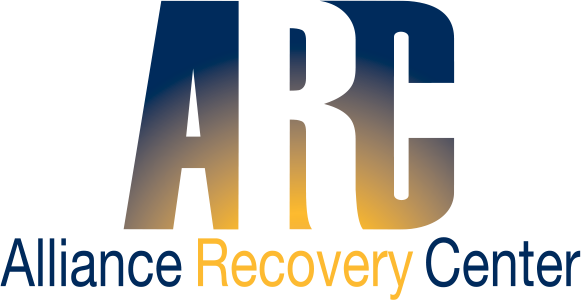What is Opioid Use Disorder?
The DSM-5 defines opioid use disorder, previously known as opioid dependence, as a problematic pattern of opioid use leading to clinically significant impairment or distress, as manifested by at least two of the following, occurring within a 12 month period:
- Opioids are often taken in larger amounts or over a longer period than was intended.
- There is a persistent desire or unsuccessful efforts to cut down or control opioid use.
- A great deal of time is spent in activities necessary to obtain the opioid, use the opioid, or recover from its effects.
- Craving, or a strong desire or urge to use opioids.
- Recurrent opioid use resulting in a failure to fulfill major role obligations at work, school, or home.
- Continued opioid use despite having persistent or recurrent social or interpersonal problems caused or exacerbated by the effects of opioids.
- Important social, occupational, or recreational activities are given up or reduced because of opioid use.
- Recurrent opioid use in situations in which it is physically hazardous.
- Continued opioid use despite knowledge of having a persistent or recurrent physical or psychological problem that is likely to have been caused or exacerbated by the substance.
- Tolerance, as defined by either of the following:
- A need for markedly increased amounts of opioids to achieve intoxication or desired effect.
- A markedly diminished effect with continued use of the same amount of an opioid.
- Withdrawal, as manifested by either of the following:
- The characteristic opioid withdrawal syndrome
- Opioids (or a closely related substance) are taken to relieve or avoid withdrawal symptoms
How Do I Develop Opioid Use Disorder?

There are many factors that influence whether a person who experiments with opioid drugs will become addicted. These include both individual and environmental risk factors. For instance, impulsivity and novelty seeking are individual temperaments that relate to the propensity to develop a substance use disorder. The presence of untreated mental illness may also increase the likelihood of developing a substance use disorder. Environmental factors may include having close family or friends who use opioid drugs for pleasure or medical purposes, pressure from others to use opioid drugs, a stressful living environment characterized by violence or psychological abuse directed at self or others and the presence of criminal activity at home or in the community.



